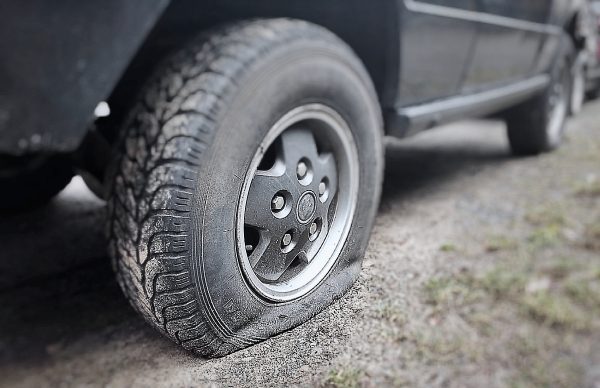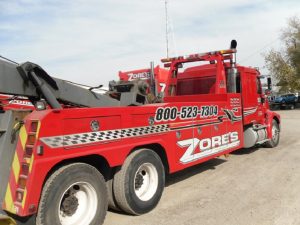You’ve looked in the trunk and under the hood, but you cannot find the spare tire in your new car. But don’t worry. If you have a newer model vehicle, it is possible that it did not come with one. There are many reasons why some automotive manufacturers have chosen to forgo the classic spare; some of which include better fuel efficiency, increased storage space, lighter vehicular weight, reduced manufacturer costs, and much more.
If your vehicle lacks a spare tire, it is wise to take the proper precautions to ensure you have a means of emergency tire replacement; otherwise, you are at risk of being stranded on the road in the case of a flat. Fortunately, there are some great options to choose from for your car or truck! Continue reading to learn three of the most popular alternatives to a spare tire.

Indianapolis Flat Tire Assistance 317-247-8484
❶ Tire Inflator Kits
Some automotive manufacturers that have opted out of spare tires have substituted the loss with built-in tire inflator kits, but they are also available to the public as well. Tire inflator kits usually involve a type of aerosol seal kit that provides a temporary resolution for minor tire tread punctures. There are several brands of tire inflator kits on the market, all ranging in price between $20 and $200 depending on quality. They are designed to plug up small holes by spraying a tire sealant into the flat through its air-inflation valve, which inflates the tire just enough to drive it a very short distance.
Potential Downside: The sealants in these kits can produce grime buildup inside a tire, which can disrupt the tire pressure monitoring system (TPMS).
❷ Run Flats
Run flat tires are the most well-known and traditional alternative to using a spare tire system. They are specially designed with reinforced sidewall (or internal support rings), which allow drivers to safely drive their vehicle for a limited distance on a punctured or ruptured tire. Run flats are only made to travel a short distance (between 10 and 15 miles) and at a moderate-to-slow speed (under 40 miles per hour). Consumers are pleased with run flats because they provide better control and maneuverability compared to a spare tire or donut.
Potential Downside: Once run flat is used, regardless of distance driven, a tire will be completely unusable and must be replaced.
❸ Self-Sealing Tires
You can purchase self-sealing tires as an alternative to housing a spare. These are tires that are designed with a built-in lining that is coated in a special sealant. So when the tire experiences a puncture, the sealant automatically begins to surround the hole. If there is a nail or piece of metal stuck inside the tire, the sealant will fill the hole after it is removed.
Potential Downside: Self-sealing tires will not work if a tire’s sidewall is punctured, or if the puncture hole is too wide.
Need Emergency Flat Tire Assistance in Indiana?

Indianapolis Towing and Roadside Assistance 317-247-8484
